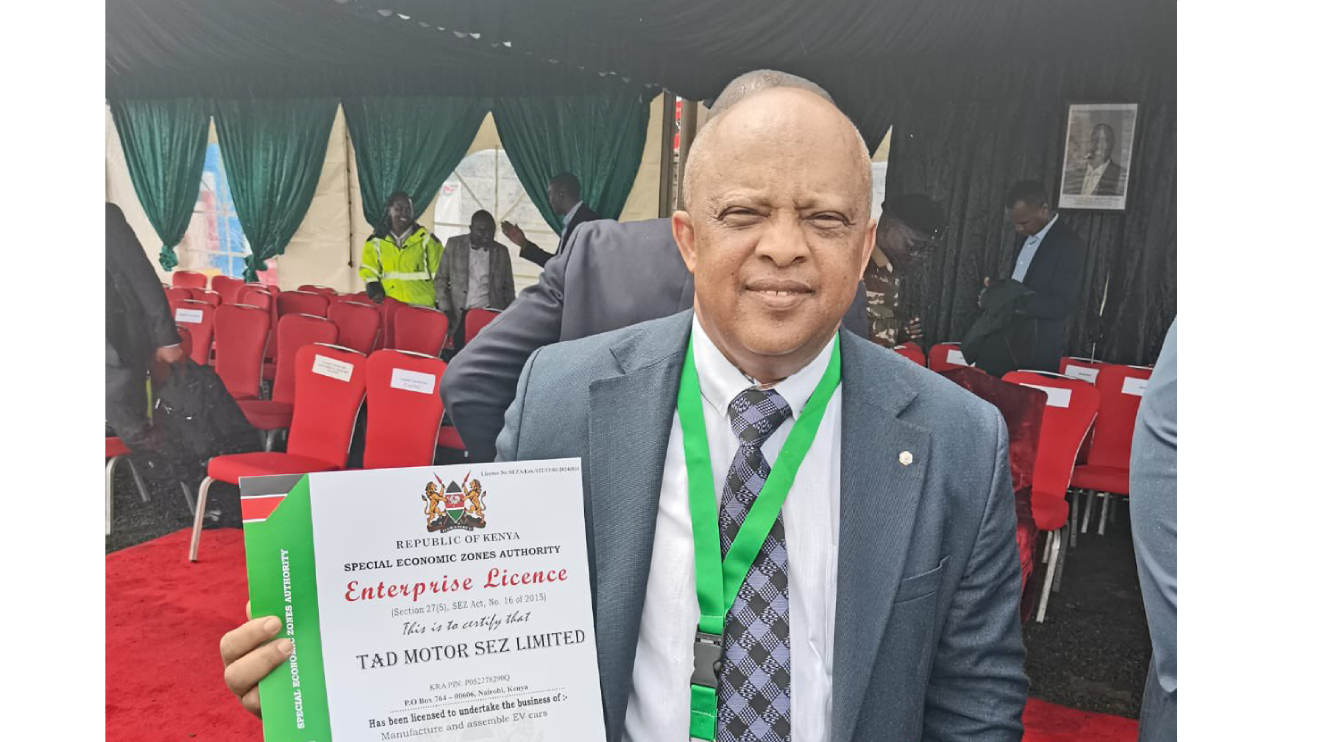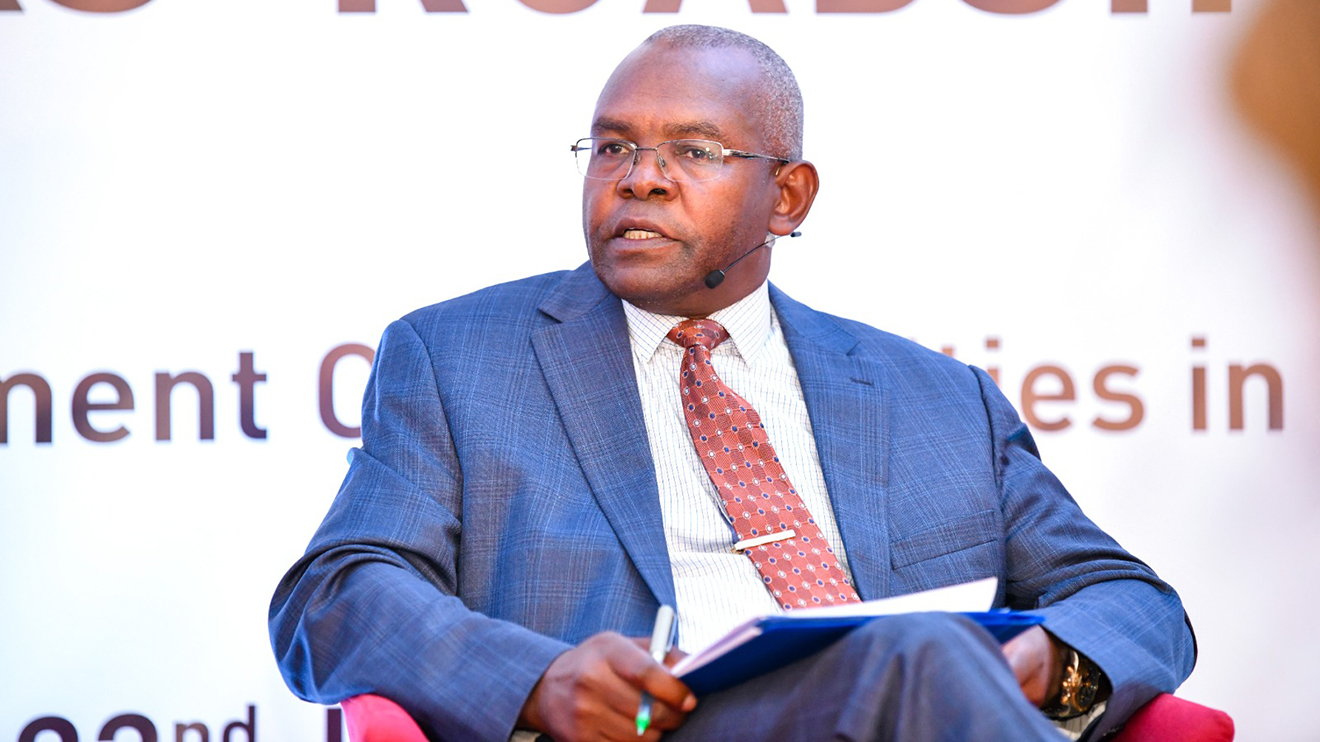The Coast Development Authority (CDA) has started restoring regions encompassing the multi-billion Mwache Multipurpose Dam project in Kwale County.
The construction of the much-anticipated water project which is co-funded by the World Bank and the Kenyan Government to the tune of Sh20 billion is supposed to start soon.
The dam is expected to supply water in Kwale, Kilifi and Mombasa counties.
Mwache Dam project is intended to saddle the floodwaters from Mwache River basin in Samburu Sub County and assist with handling tenacious water deficiencies in the beach front district.
CDA Managing Director Mohamed Keinan said the task which was first reflected by CDA in quite a while been delayed because of insufficient funds.
Read More
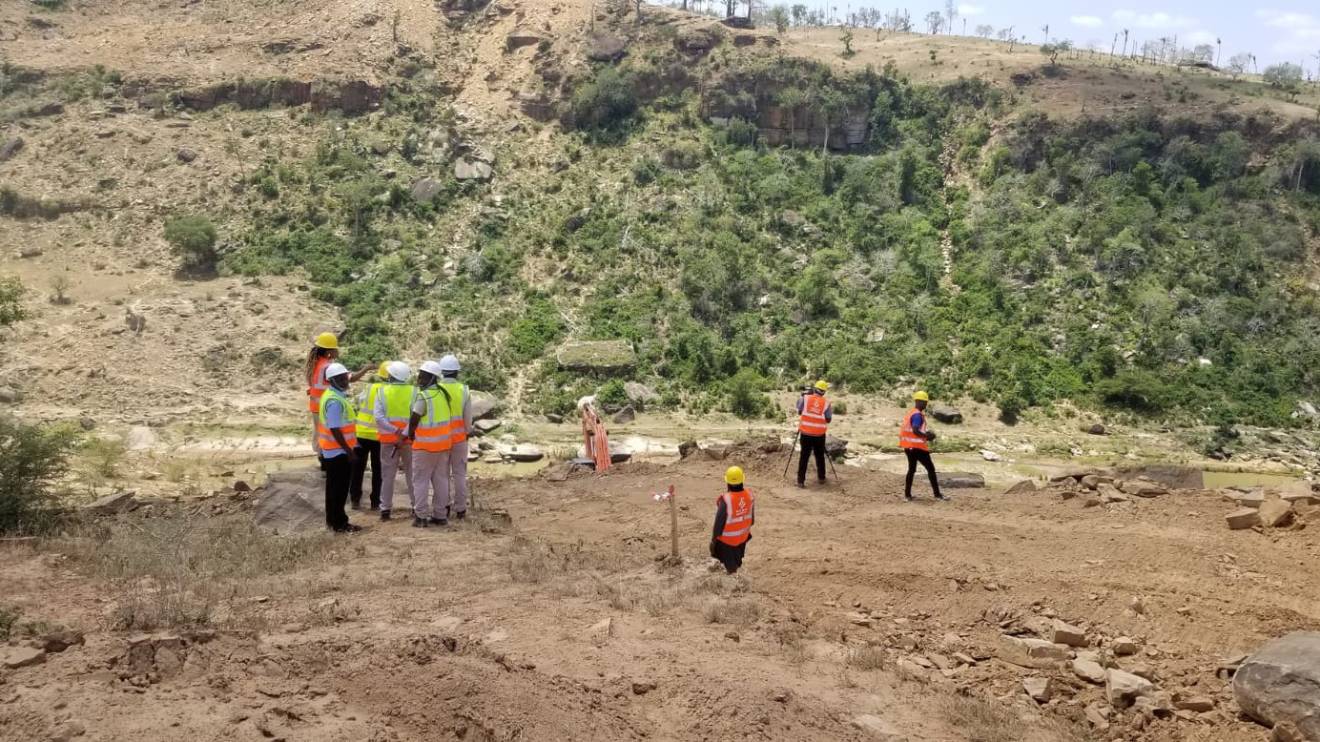
According to Keinan, the super dam is expected to place 2,600 hectares of land under irrigation in Kwale County.
It will also provide 186,000 cubic meters of water to Kwale and Mombasa counties daily.
Keinan said CDA has embraced recovery and reclamation of debased environmental regions around the dam site.
When fully operational, the dam is expected to contribute to food security, economic growth, and poverty eradication in the region.
“We are currently increasing the forest cover for the entire Mwache catchment area that stretches from Taita Taveta County to Kwale.Other ongoing activities include tree planting, terracing, contour ploughing, rock terracing, gabion construction, and riparian marking and pegging to allow for the regeneration of natural vegetation,” Keinan said.
Keinan said partners including those in the nearby local area and the National Government Administration Officers (NGAO) are being sharpened on the need to help the task that will end water shortage in the area boost irrigation.
He said several residents of the area surrounding the project site invited the rehabilitation of the dam and improvement of activities.
The CDA MD said remuneration for land that will empower region occupants to respect the aggressive dam project is practically finished.
On pay to the inhabitants, he says a lot of progress has been finished and that those impacted will before long receive the compensation.
“We have come up with two models of compensation to the local residents that would be affected by the project one is where the national government and the county government of Kwale will compensate the residents or they would be compensated through a public-private partnership model,” he said.
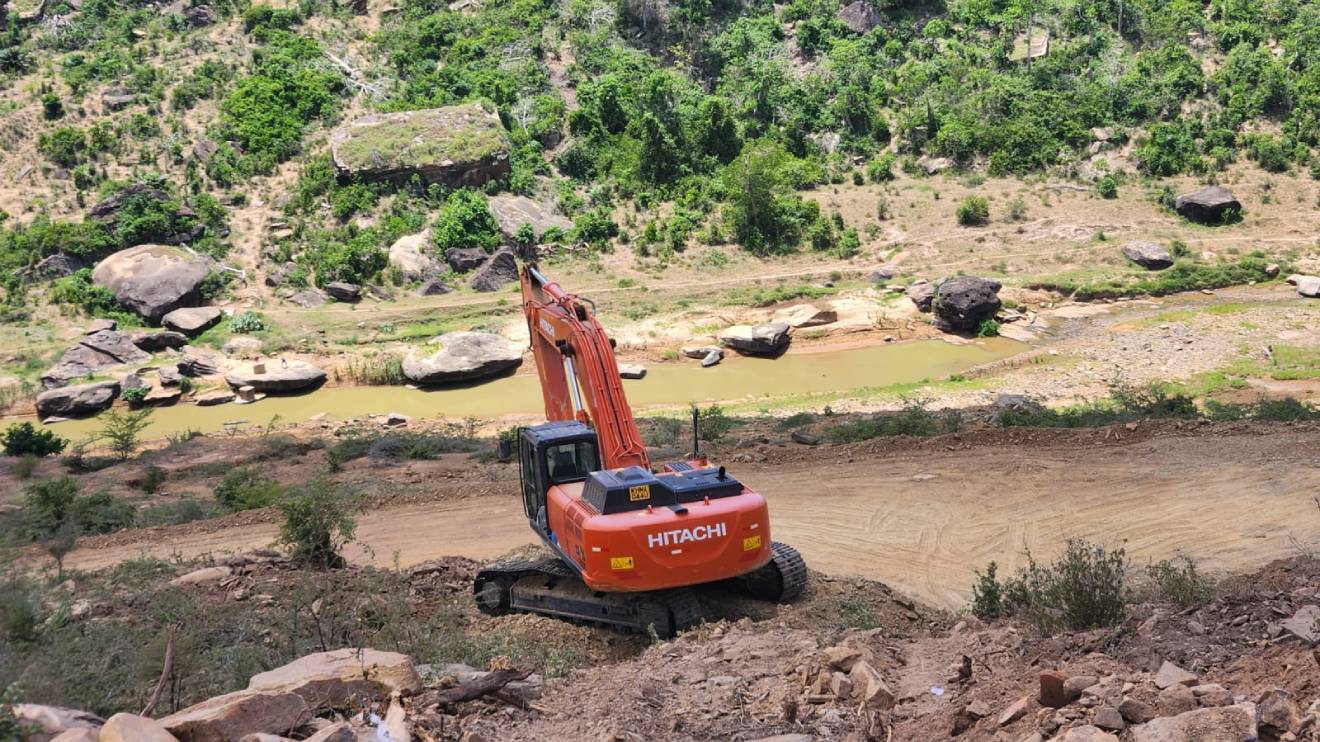
The CDA has constructed gabions and installed markers and stakes around the banks of the dam site in order to prevent local farmers from farming on the riparian land.
This measure is intended to safeguard the ecological health and stability of the surrounding area, as riparian zones are crucial for filtering pollutants, preventing erosion, and supporting wildlife habitat.

-1680779021.jpg)

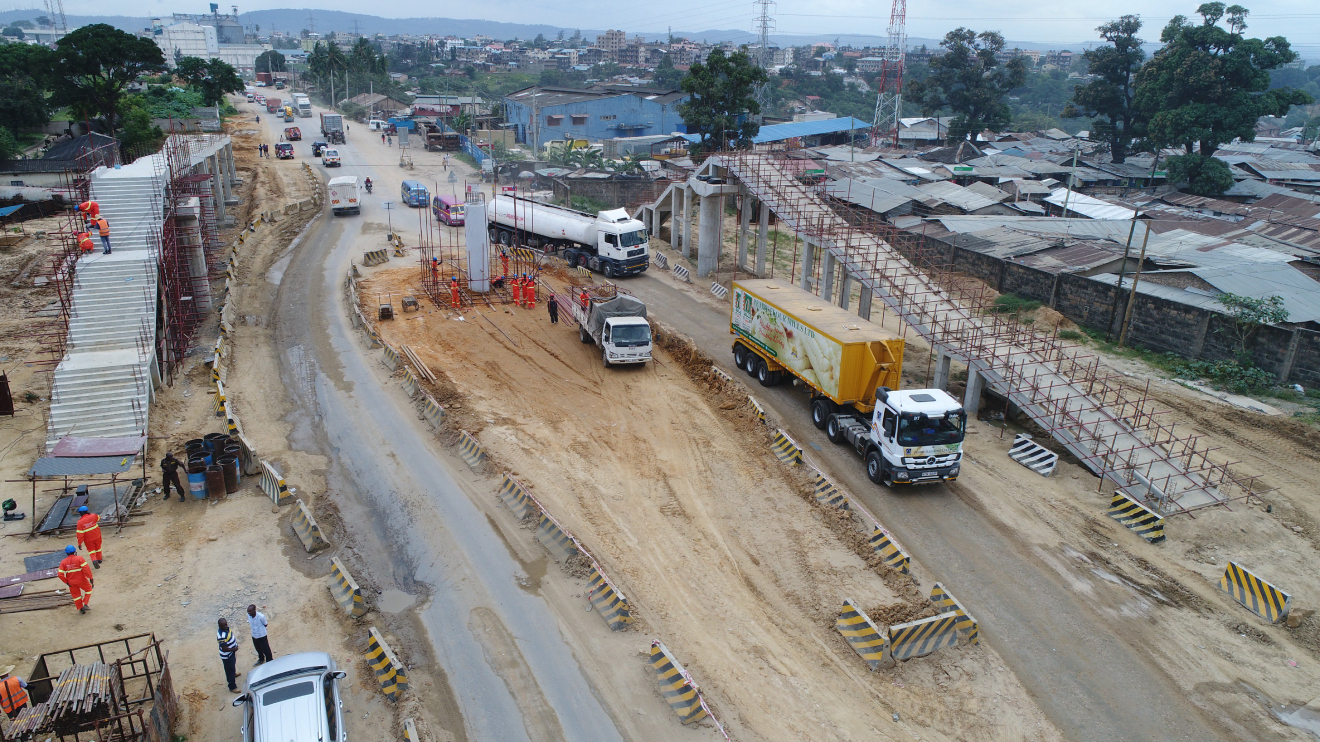
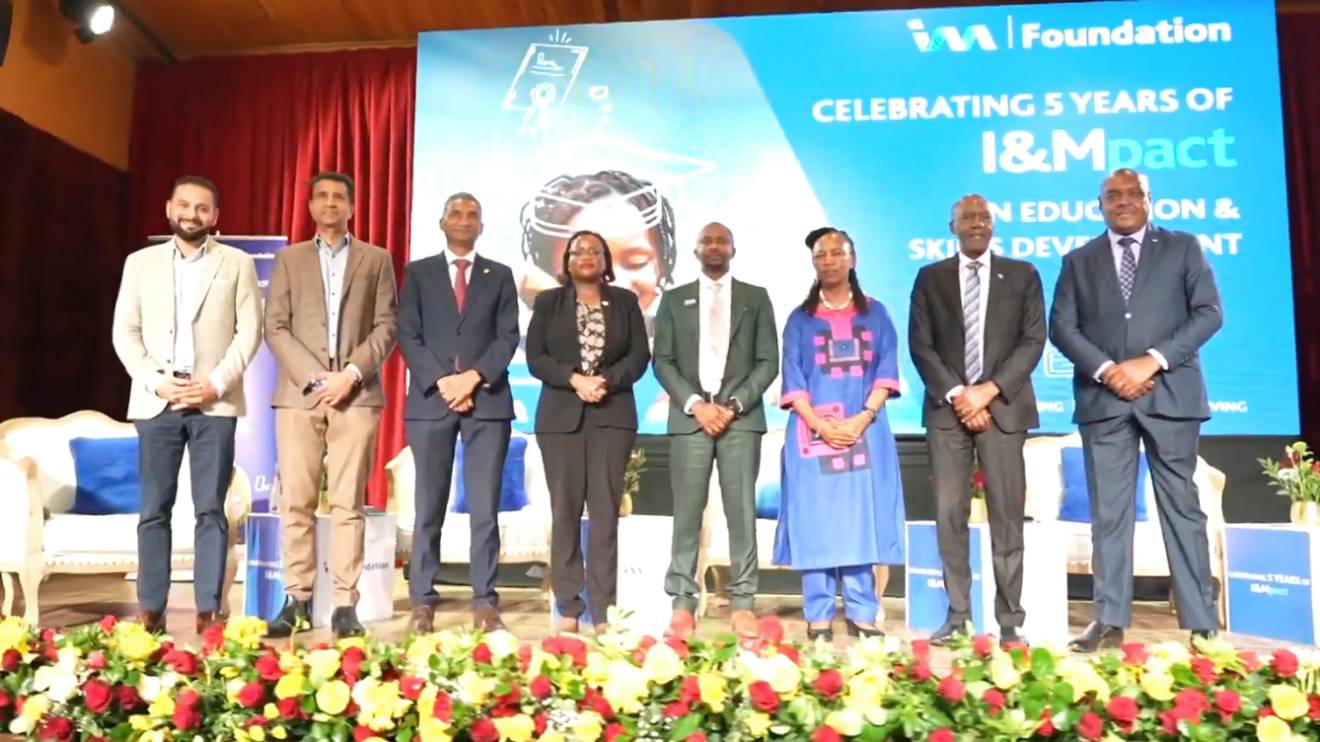
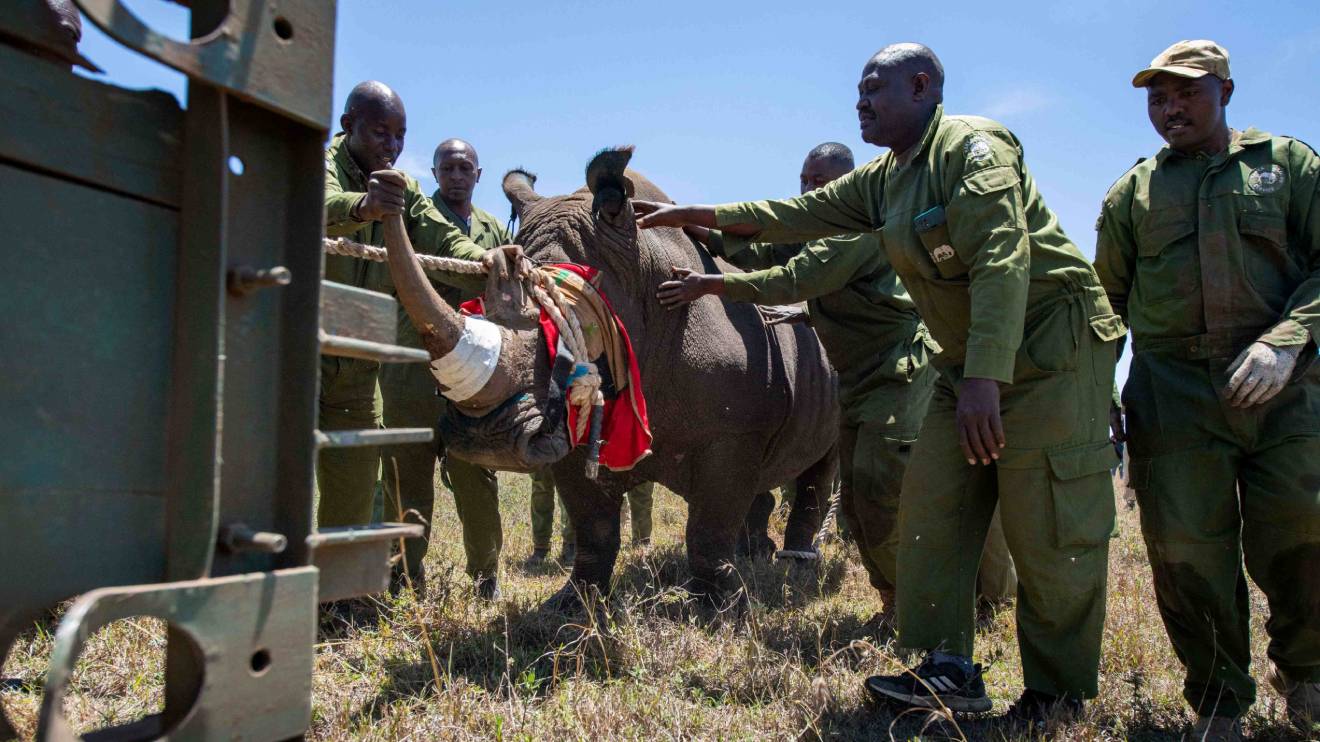
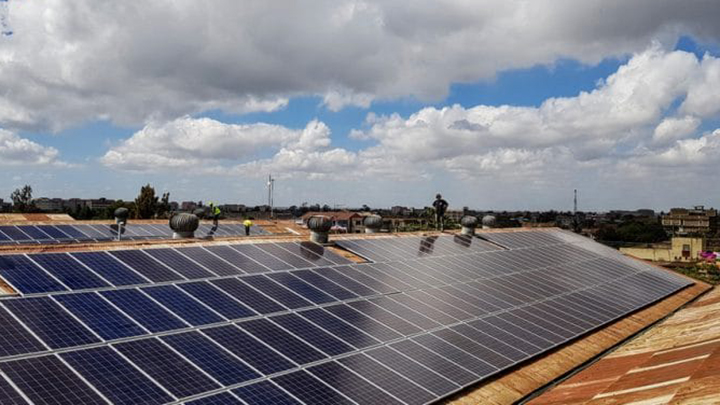
-1756319289.jpg)

